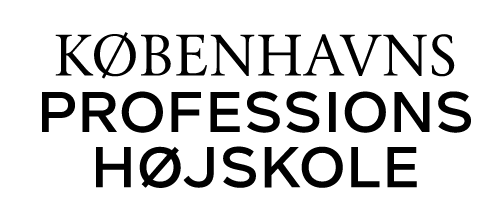The EU taxonomy will be a “living” list of all economic activities that can genuinely be considered environmentally sustainable; defining and providing a common understanding of what is green, writes the media responsible-investor.com.
Multiple classifications and interpretations of what is green co-exist today in the public and private spheres. It is not uncommon for a financial institution to have as many taxonomies as it does business units developing green financial products.
Some might include conventional gas as a transition energy source, or flaring systems that reduce emissions to the environment. Others would include neither in an environmentally sustainable fund. The lack of reliability and standardisation is the reason why many, particularly in the retail market, remain sceptical about what lies beneath financial products marketed as green.
The idea is simple. For an activity to be eligible, it needs to demonstrate that it makes a substantial contribution to one of the European Union’s six environmental objectives (climate change mitigation; climate change adaptation; water and marine resources; circular economy; waste prevention and recycling; and pollution and healthy ecosystems), without having a detrimental impact on any of the other five.
The European Commission’s Technical Expert Group on Sustainable Finance (‘TEG’), takes guidance from existing EU legislation, policies and goals. It bases the development of the taxonomy on the NACE codes, the European industry standard classification system. The group defines thresholds for the eligibility of activities according to metrics such as carbon intensity (gCO2/kWh) based on the best science available, with reference to existing recognised standards but balancing this against practical needs.
By developing an EU taxonomy, the European Commission aims to develop a “universal understanding” on what is genuinely environmentally sustainable shared by scientists, governments, industrialists and citizens. It will, like the metric system did in its time, foster science, innovation and industrial growth.
In the 17th century, Europe was divided by the use of innumerable measurement systems, with each country using its own traditional units. Often, multiple systems would co-exist within the same country.
John Wilkins, a natural philosopher, understood the benefits that a “universal measure” shared by all nations and within nations could bring to science and industry. He developed a single, rational standard based on the best science of the time. His idea was buried with him. It was not until more than a century later that French scientists re-evaluated his ‘universal measure’ and implemented a practical version of “the metric system”. ‘Metre’ was named after the Greek translation of universal measure.
The new system was not warmly welcomed at the time. Everyone concentrated on the short term pains of adopting the “universal measure” rather than on its long-term benefits. But by the end of 19th century the utility of the metric system was widely recognised and became the official measurement system across almost all of continental Europe. It would not take much longer for it to be recognised as the international standard of measurement.
The development of the taxonomy has equally spurred not a few criticisms. Detractors argue that it will translate into higher costs, inefficiencies and a possible
(af Helena Viñes Fiestas)
https://www.responsible-investor.com/home/article/hvf_tax/










